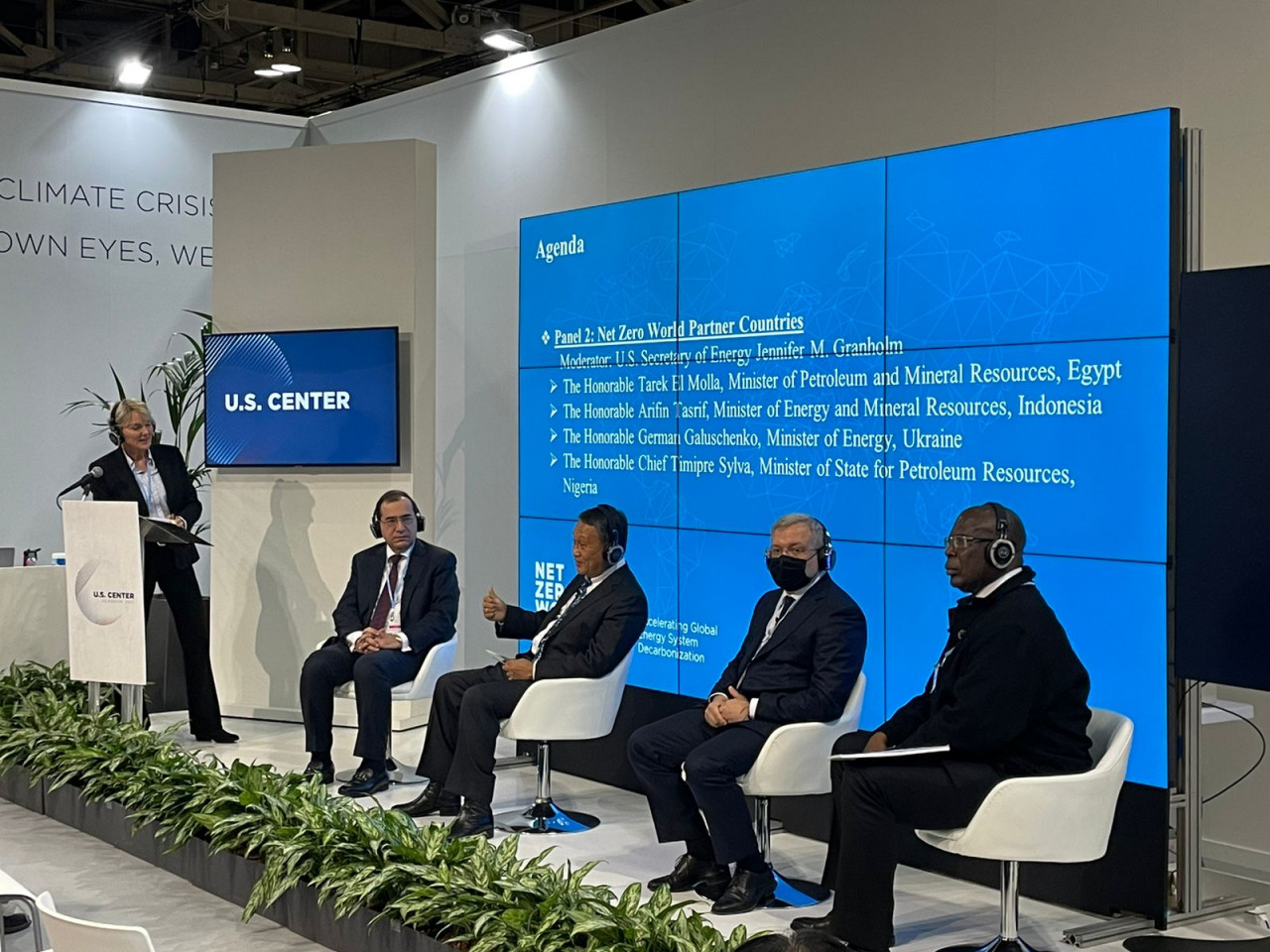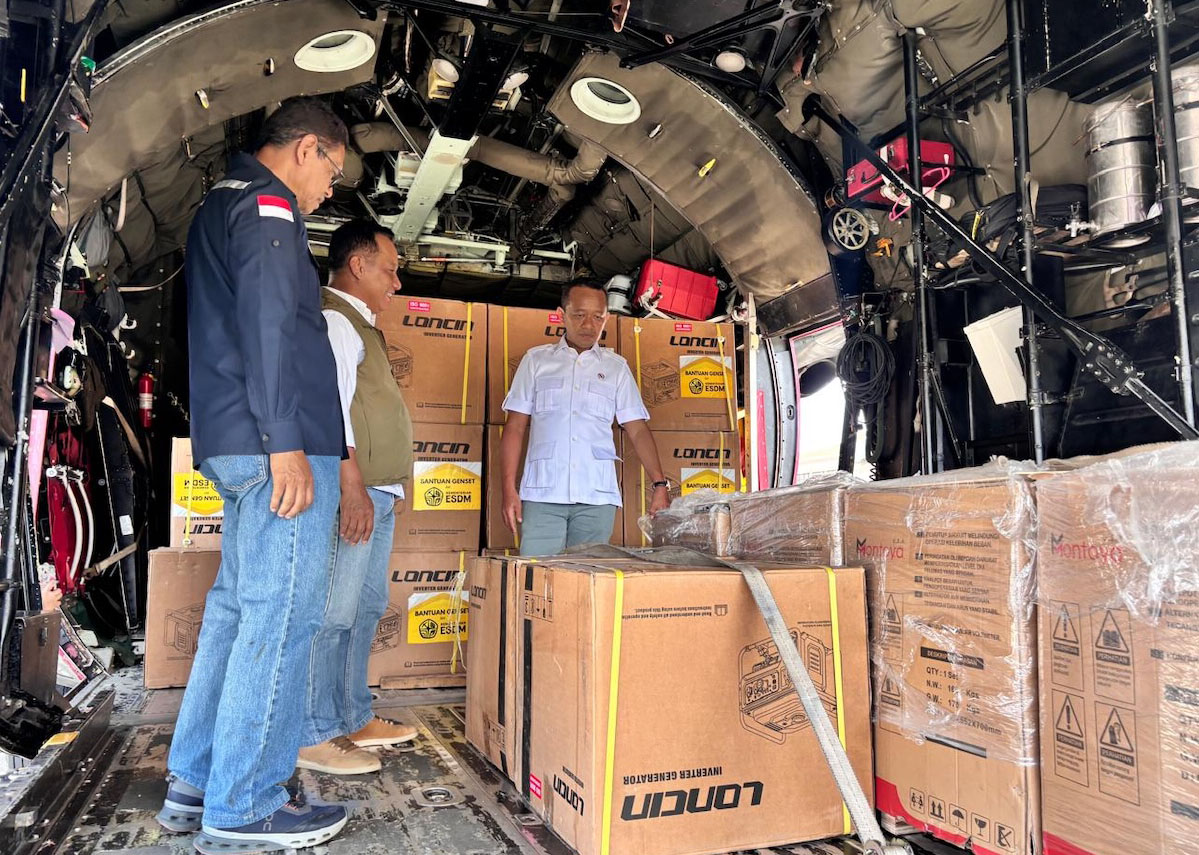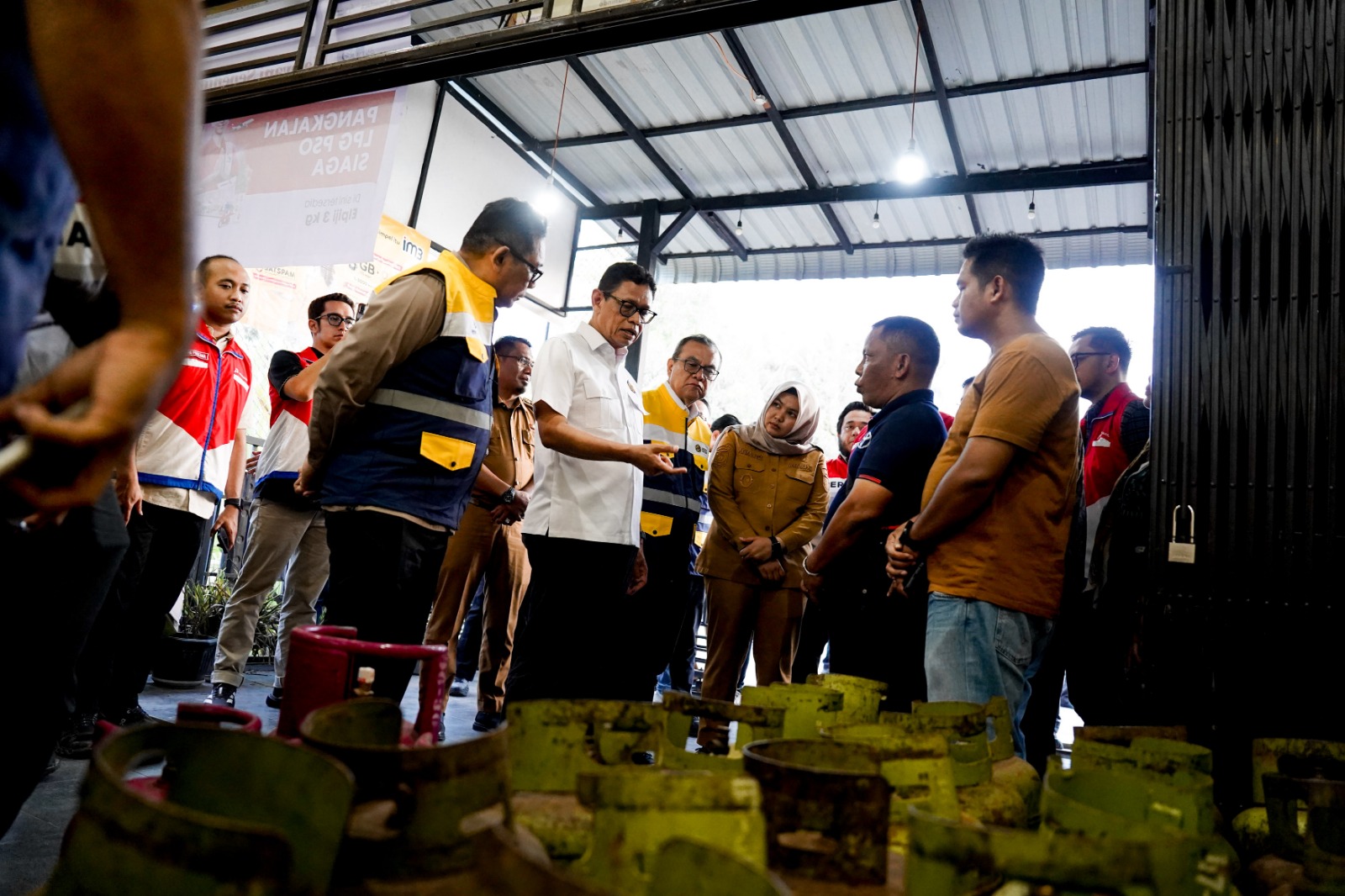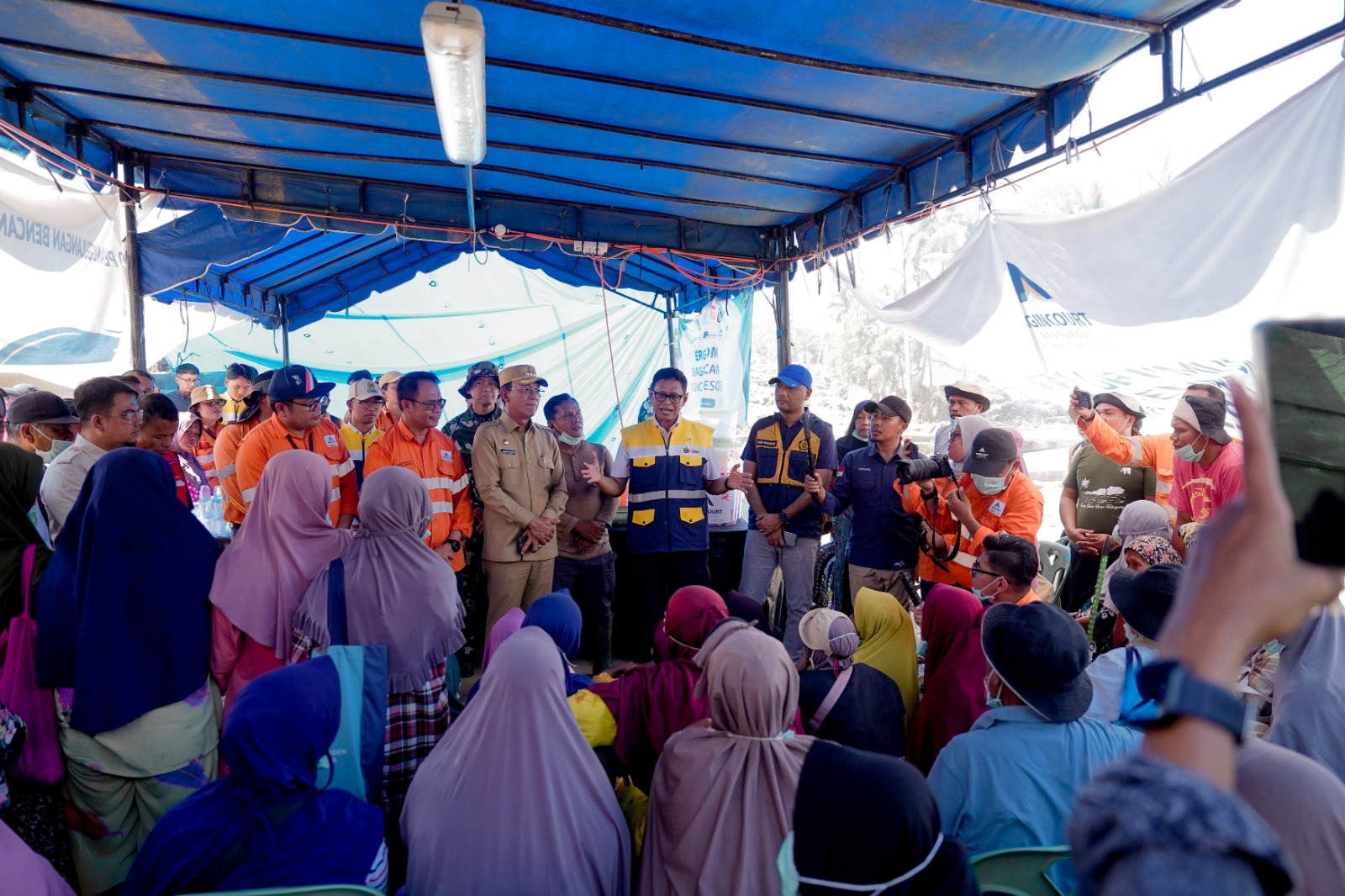
Energy Minister Says NRE Investment Opportunities Plentiful at Launch of COP-26’s Net Zero World
MINISTRY OF ENERGY AND MINERAL RESOURCES
REPUBLIC OF INDONESIA
PRESS RELEASE
NUMBER: 395.Pers/04/SJI/2021
Date: 6 November 2021
Energy Minister Says NRE Investment Opportunities Plentiful at Launch of COP-26's Net Zero World
New and renewable energy (NRE) investment opportunities in Indonesia are plentiful. In addition to abundant resources and increasing demand, the Indonesian government has also responded by formulating policies to prepare reliable technology. These were the key points stated by Minister of Energy and Mineral Resources (EMR), Arifin Tasrif, during a panel discussion marking the launch of Net Zero World at COP26 in Glasgow, United Kingdom, on Wednesday (3/11) local time.
Arifin explained there was large potential for NRE business in Indonesia. "Indonesia has abundant new and renewable resources, especially solar energy, followed by hydro, bioenergy, wind, geothermal, and ocean energy, with a total potential of 648.3 GW, including uranium for nuclear power plants. Until now, only 2% of the potential has been utilized," said Arifin.
In addition, Arifin highlighted that the price of new and renewable energy had become more competitive, especially that of global solar PV. The development of new technologies such as pumped storage, hydrogen, and Battery Energy Storage System (BESS) will also optimize the utilization of Indonesia's abundant NRE potential. "NRE can compete with fossil energy," said Arifin.
The increasing demand for energy, continued Arifin, has pushed the government to continue to provide energy access to everyone, especially those living in the 3T (frontier, outermost, and least developed) regions, at an affordable price while still paying attention to the availability of local energy resources. This is in line with the target for meeting 100% electrification ratio in 2022. "Of course, this is an opportunity for NRE development because the prices of fossil fuels in remote areas can be very expensive. On the contrary, NRE sources are available and can be utilized locally," Arifin affirmed.
The Indonesian government has continued to strengthen regulatory framework to ensure a successful energy transition in Indonesia. The General Electricity Supply Plan (RUPTL) of state electricity company PT PLN (Persero) of 2021-2030 gives a larger share to NRE. "Renewable energy will make a larger contribution to generation capacity, where 20.9 GW or 51.6% of the total generation capacity to be built until 2030 will come from renewable energy," said Arifin.
In addition, the government also set out Presidential Regulation Number 98 of 2021 on the Economic Value of Carbon, which regulates the mechanism for carbon trading and taxes on carbon. "One of the main principles of the policy is to impose a carbon tax on activities that produce carbon and provide incentives for carbon-efficiency," said Arifin.
Arifin acknowledged that the use of NRE as an energy source still faced a number of challenges, such as the intermittency nature of solar and wind, the limited ability of grids to absorb NRE electricity, the lack of interest from financial institutions to invest in the renewable energy sector because its high risk, high interest finance, high investment costs for some renewables such as geothermal, and the limited capabilities of domestic industries, especially in the field of technology.
Technology Preparedness
To develop NRE, the Ministry of EMR is focusing on optimizing reliable technologies. The first technology is solar photovoltaic (PV). Arifin believed that it is feasible to develop solar PV in Indonesia because of its large potential, relatively shorter construction period than other technologies, and increasingly competitive price. "There are three main programs to develop solar PV, namely, floating solar PV, solar farm, and rooftop solar PV. Solar PV will also be further developed to produce hydrogen," said Arifin.
The next technology is energy storage. Energy storage is also a key to the massive development of renewable energy. Samples of energy storage technology include pumped storage which will be used in 2025, and BESS which will be used massively in 2021.
Another technological breakthrough is smart grids. There are 9 smart grid projects adopting various smart grid technologies, such as two-way communication, smart communication, smart microgrid, and Advanced Metering Infrastructure (AMI).
"Smart grids will alleviate problems faced by most power plants today. The implementation of a sustainable energy system will support the application of renewable energy that is efficient and reliable because smart grids can analyze load and electricity production," explained Arifin.
Finally, the development of electric vehicles (EV) and lithium batteries. Electric vehicles will be developed massively, with a target of 2 million two-wheelers and 13 million four-wheelers. The President of the Republic of Indonesia also inaugurated the establishment of Indonesia Battery Corporation (IBC) that would integrate the upstream and downstream sectors of the battery industry to ensure a successful EV program. "We also issued regulations to accelerate the development of battery-based EVs, by providing tax incentives and issuing mineral downstream policies to encourage the development of battery industry," Arifin concluded. (IY)
Head of Bureau of Communication, Public Information Services, and Cooperation
Agung
Pribadi (08112213555)
Share This!






